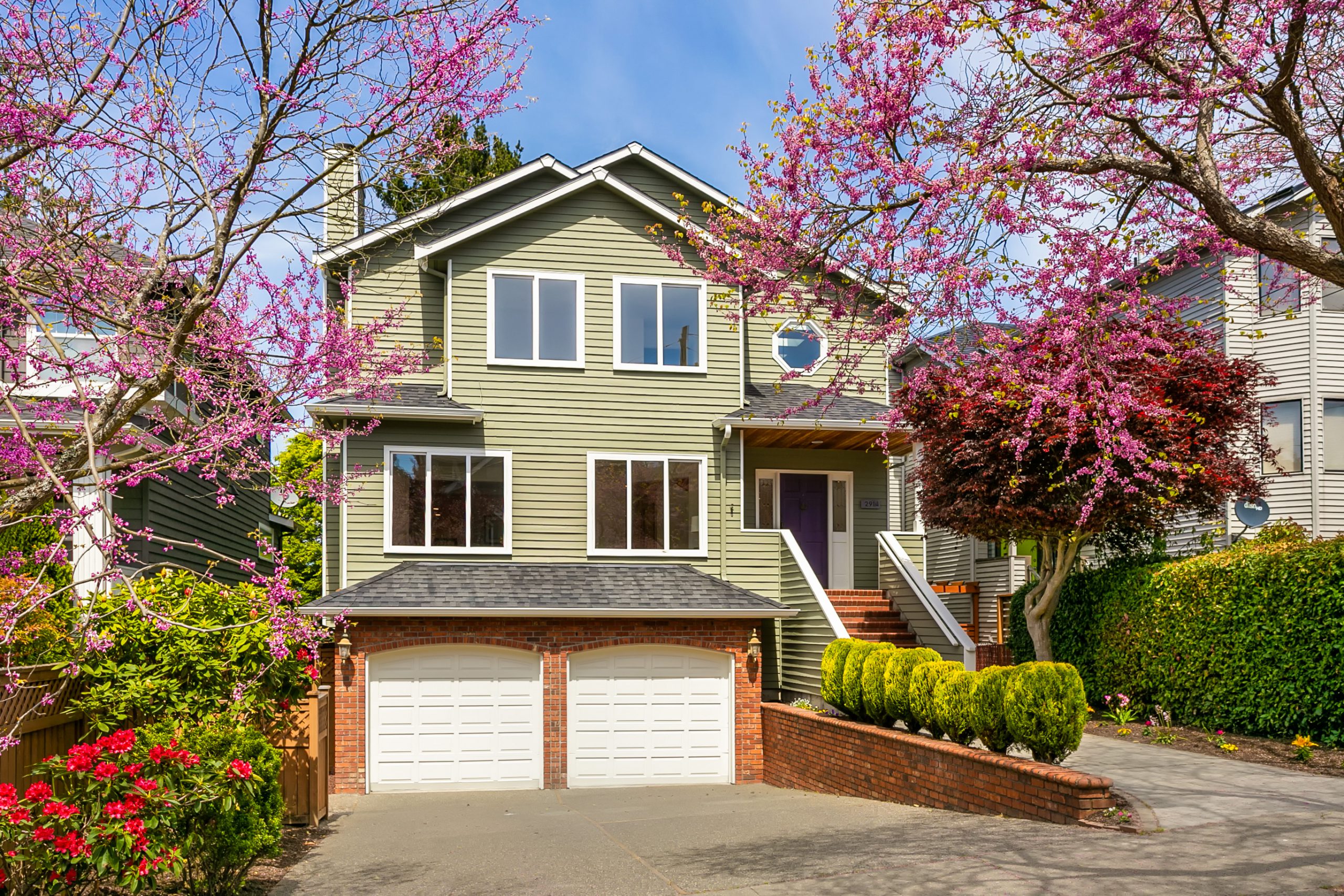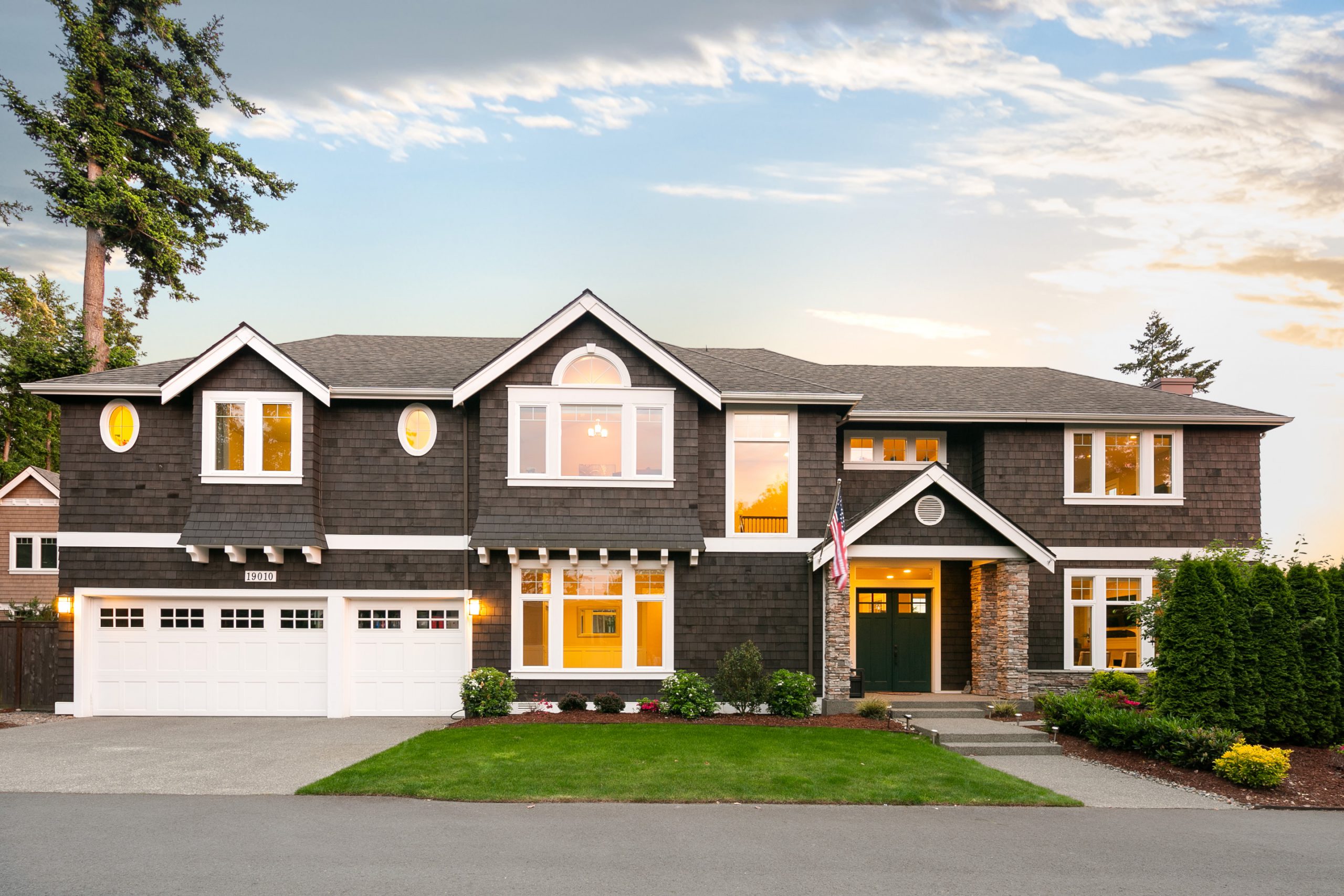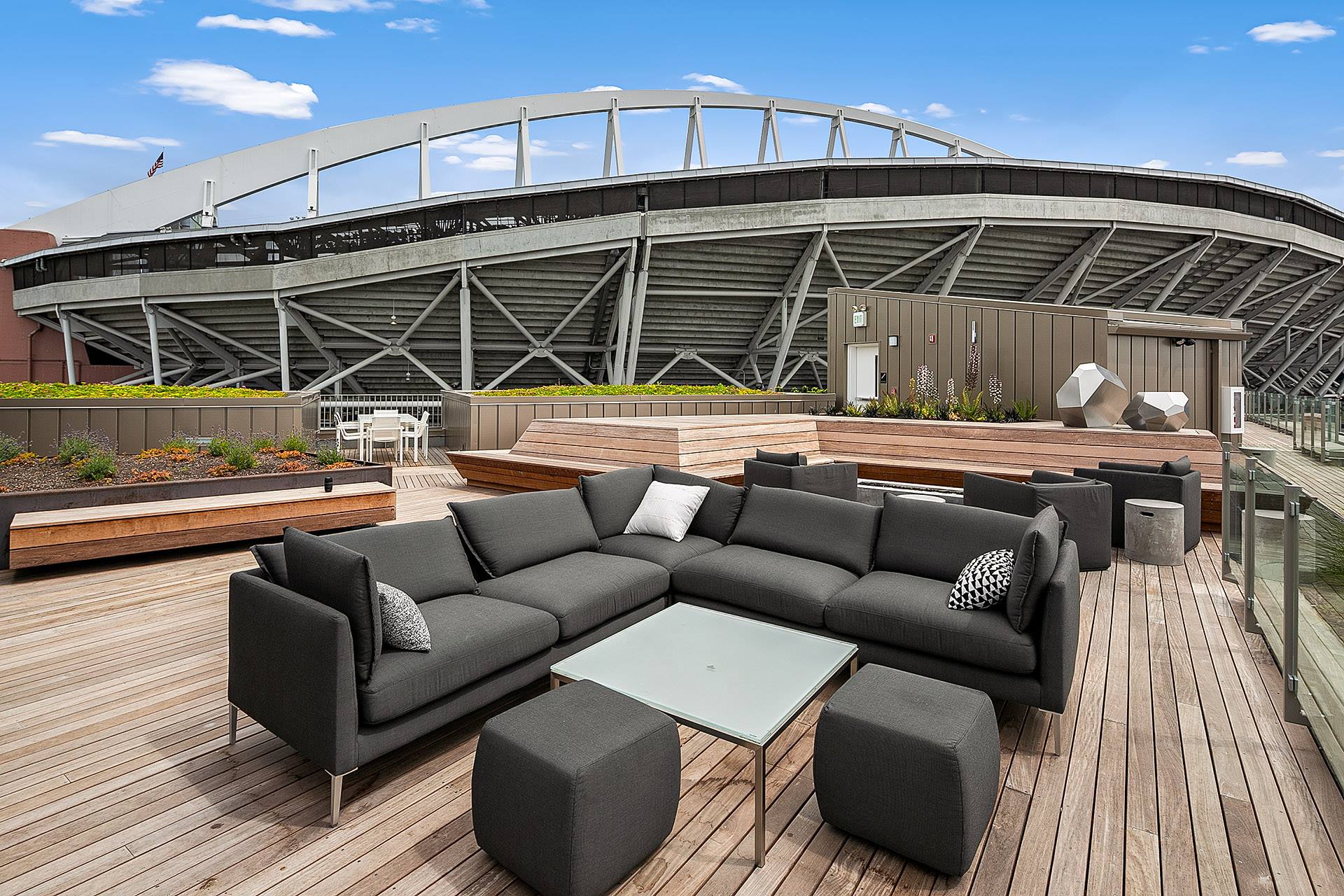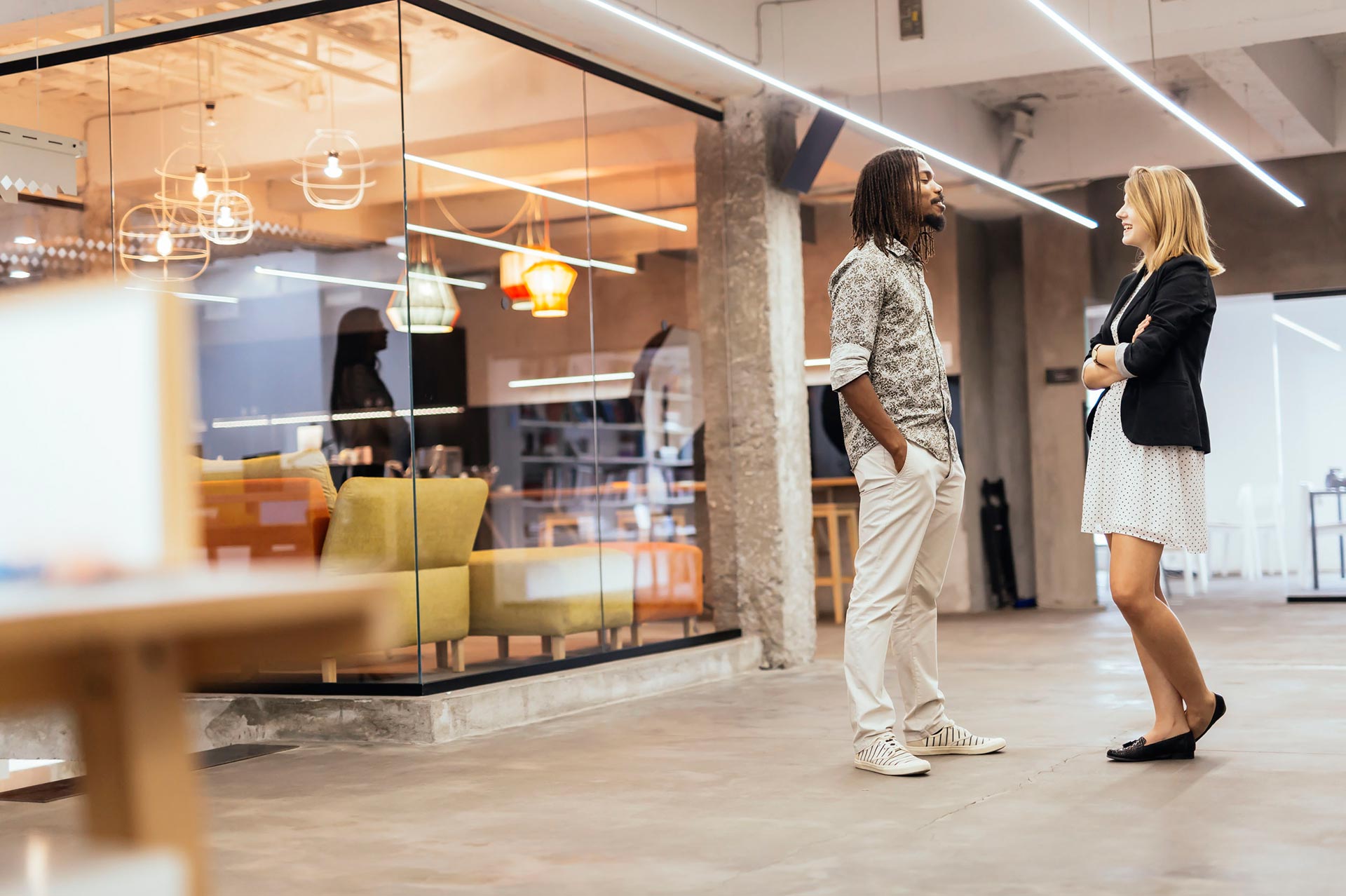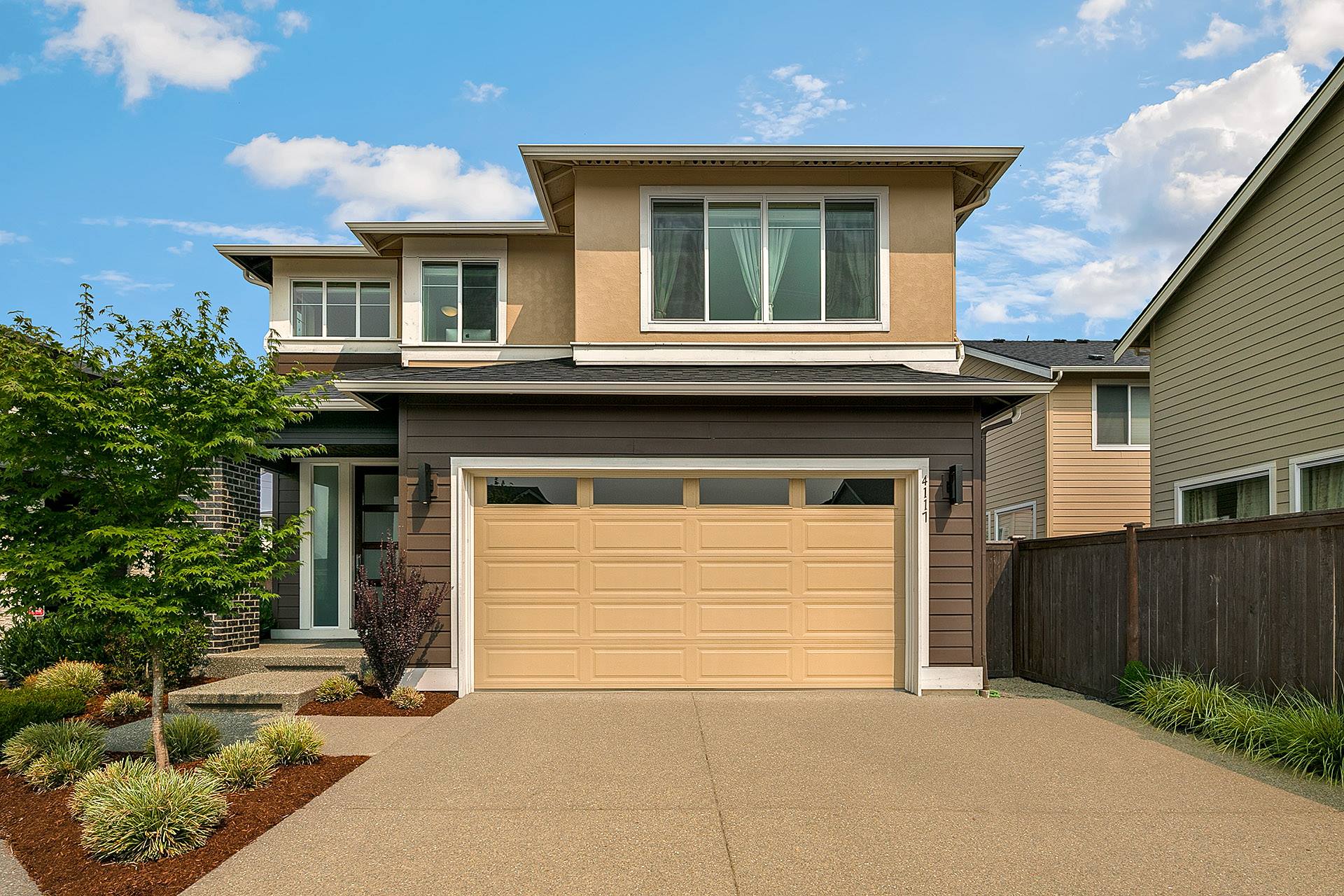 Exposure bracketing is simply taking a series of identical shots at the same aperture but different shutter speeds. Having a constant aperture keeps the depth of field the same. However, changing the exposure allows you to capture well-exposed pictures for all different lighting levels present in the scene.
Exposure bracketing is simply taking a series of identical shots at the same aperture but different shutter speeds. Having a constant aperture keeps the depth of field the same. However, changing the exposure allows you to capture well-exposed pictures for all different lighting levels present in the scene.
Capturing the correct exposures is the key for having the best results for your real estate photography. This approach calls for a lot of uses for both exterior and interior photography. When taking pictures outside, it can save you having to use a tripod since it automatically corrects the movements during shooting. On the interior end where there are wide differences in brightness, you can make the most out of it and shoot the best picture of the place for sale.
How to Photograph Real Estate Interiors Using Exposure Bracketing
Using these steps below, you will know that you’ve perfectly covered the lighting range at the scene—most importantly in interior real estate photography wherein there are wide differences in brightness.
There are 3 basic steps:
1. Set up the camera.
• Keep the ISO and Aperture unchanged between shots
• Avoid going higher than ISO 400
• Use f/8 for Aperture

When taking bracketed shots for HDR, both the Aperture and ISO must be the same. Only the shutter speed varies. The camera should be set to Manual mode before anything else. ISO setting determines how sensitive your camera is to light. For real estate interior photography, it’s recommended to use and ISO not exceeding ISO 400.
You also need to select a suitable aperture for the scene. This varies depending on the scene, but f/8 is a good balance between depth of field and shutter speed. Using a tripod is also recommended because you’ll be taking many shots, and some might have slow shutter speeds that may cause the camera to move a little making the images blurred.
2. Determine which photos to take.
• Take note of the exposures shown in your camera
When you’re taking a bracketed set for HDR, it’s very important that the darkest photo has all the details in the highlights and the brightest photo has the details in the shadows and have mid-tone additional shots in between. To do this, you must find out the longest and shortest shutter speeds.
 The easiest way to do it is to use the Spot Metering mode on your camera that looks at a small area to know what exposure to use, and switch to Aperture Priority mode to work the exposure out with the aperture you’ve chosen.
The easiest way to do it is to use the Spot Metering mode on your camera that looks at a small area to know what exposure to use, and switch to Aperture Priority mode to work the exposure out with the aperture you’ve chosen.
For you to know the longest shutter speed, point the camera at the darkest area inside the room then take note of the exposure shown in the camera. For the photo that requires the shortest shutter speed, point the camera at the brightest part of the room—but not directly at the sun or any reflections—and take note of it.
Another way to determine the longest and shortest shutter speeds is the brightness histogram on your camera. This is more precise but needs more work. For this method, keep the camera in manual mode and point it at the darkest area of the room and take a test shot. If you see a vertical line at the left side of the histogram, then there are dark areas you haven’t covered yet. Change the shutter speed to something longer and try it again. Do the opposite for the shortest exposure. Remember to take notes of the exposures.
3. Taking the photos.
• There are two methods: semi-automated method and full manual method
Now that you’ve made a note of the longest and shortest exposures, all that’s left to do is to take the photos from the fastest shutter speed to the slowest with the right photos in between. To do so, you can choose between the following methods.
The Semi-Automated Method
This uses the Auto Exposure Bracketing (AEB) function of your camera and the HDR Exposure Calculator. Most DSLR cameras can take a certain number of shots automatically with exposures bracketed around a central shutter speed, and the calculator will tell you which shutter speeds to use and how many automatically bracketed sets will be required. You just need to input the readings you’ve taken note before into the boxes and it will tell you the exact number of photos to take.
Set the camera to Manual mode, activate the AEB function, set the shutter speed to the first value given on the calculator, then select your bracketed number of photos and press the shutter button or remote shutter release.
Full Manual Method
This method is used if you don’t have an AEB function in your camera or you don’t have access to the calculator. Just select ‘Single-Shot mode’ on your camera, and in Manual mode, input the fastest shutter speed and take the shot. Afterwards, decrease the shutter speed by one stop or 1 EV, and take the next photo. Repeat the process until you’ve taken the picture with the slowest shutter speed. Ensure that the tripod is locked in place, so you don’t get blurry pictures.
Frequently Asked Questions
What is exposure bracketing in real estate photography?
Exposure bracketing is a technique where multiple photos of the same scene are taken at different exposure levels. This ensures details are captured in both the highlights and shadows.
Why should I use exposure bracketing for real estate photos?
Bracketing helps produce well-balanced images by combining the best parts of each exposure. This makes interior and exterior shots look more natural, even in tricky lighting conditions.
How do you merge bracketed photos?
Bracketed photos are usually merged using HDR (High Dynamic Range) software like Adobe Lightroom or Photoshop. The software blends the exposures to create a single, evenly lit image.
What camera settings are best for bracketing in real estate photography?
Use a tripod, set your camera to aperture priority mode, and choose a consistent aperture. Set your camera to take at least three shots: one underexposed, one correctly exposed, and one overexposed.
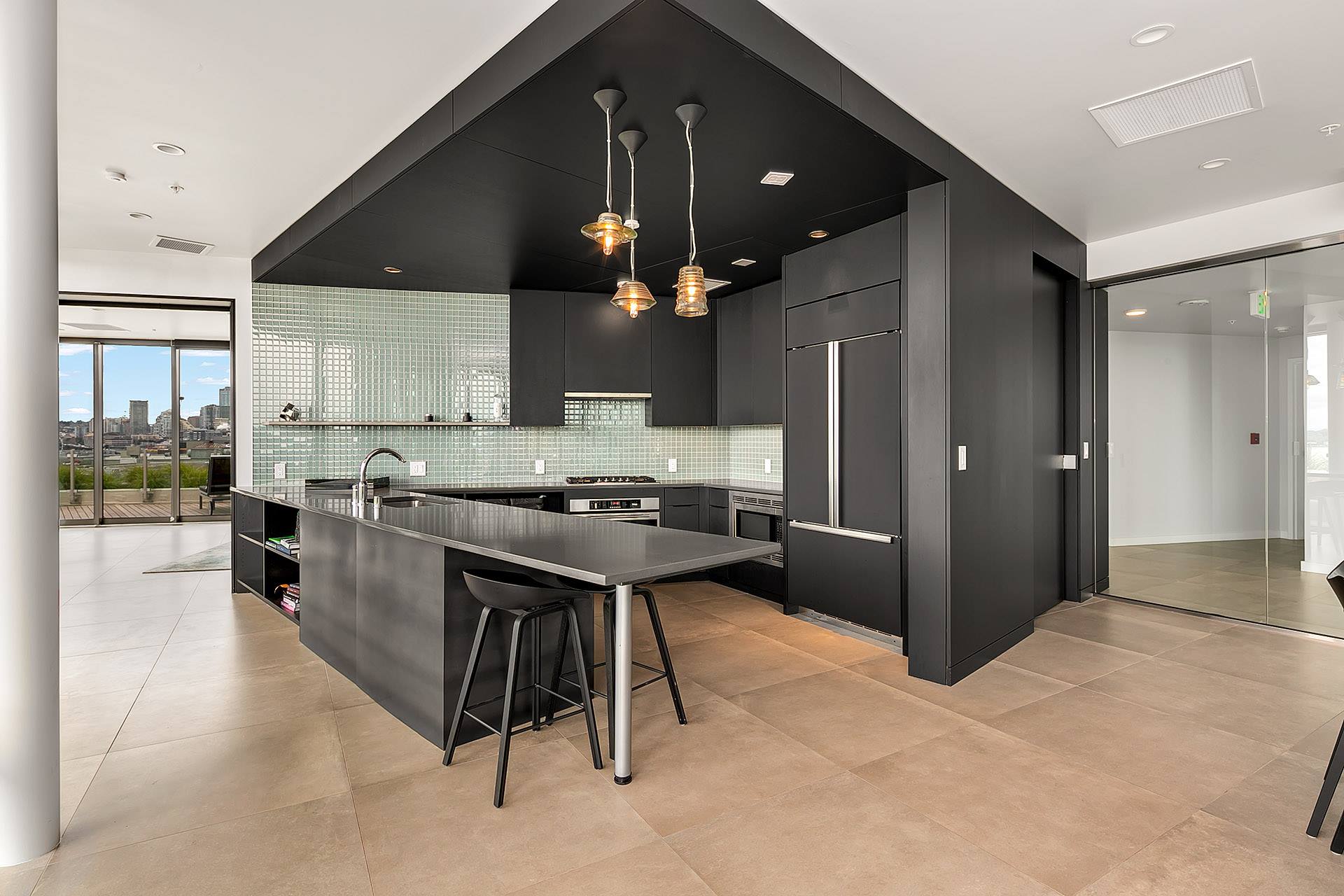
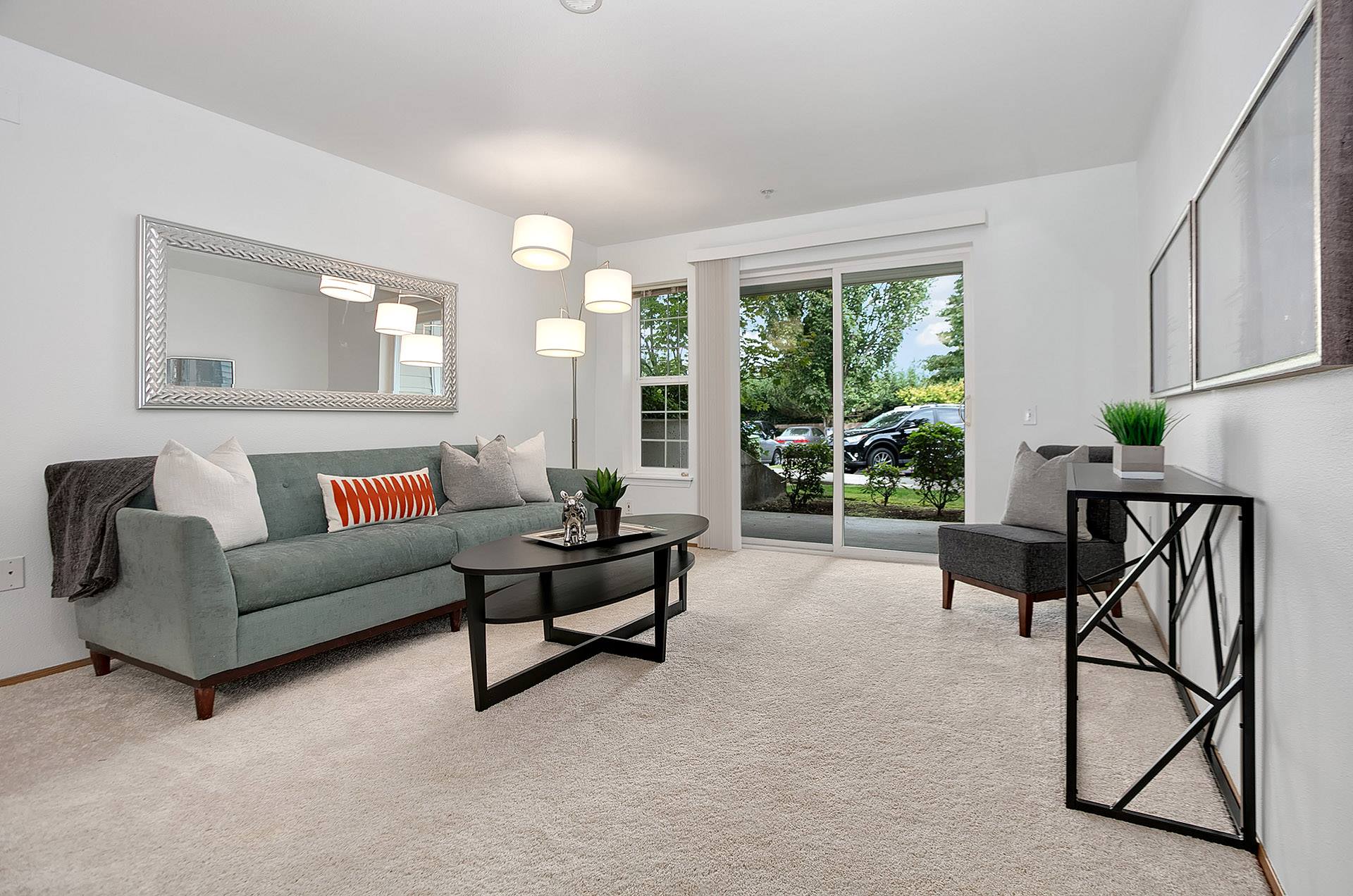
 Lighting plays a massive role in real estate photography. The placement and the type of lighting used should always blend properly with other elements such as color selection, size, and arrangement of furniture to transform a room that is photograph-ready. On the outside, most exterior lightings come naturally with the direct light from the sun.
Lighting plays a massive role in real estate photography. The placement and the type of lighting used should always blend properly with other elements such as color selection, size, and arrangement of furniture to transform a room that is photograph-ready. On the outside, most exterior lightings come naturally with the direct light from the sun.



